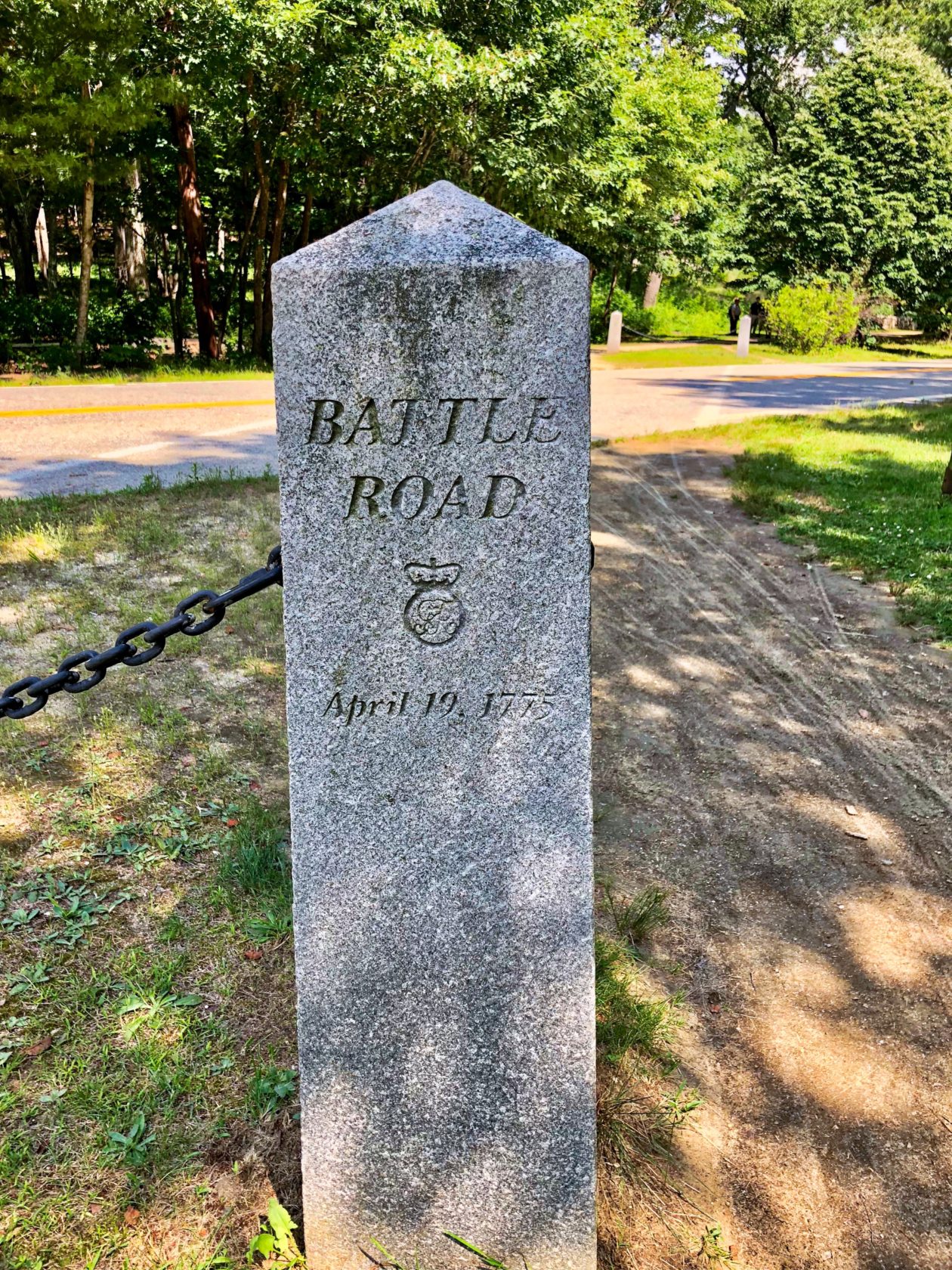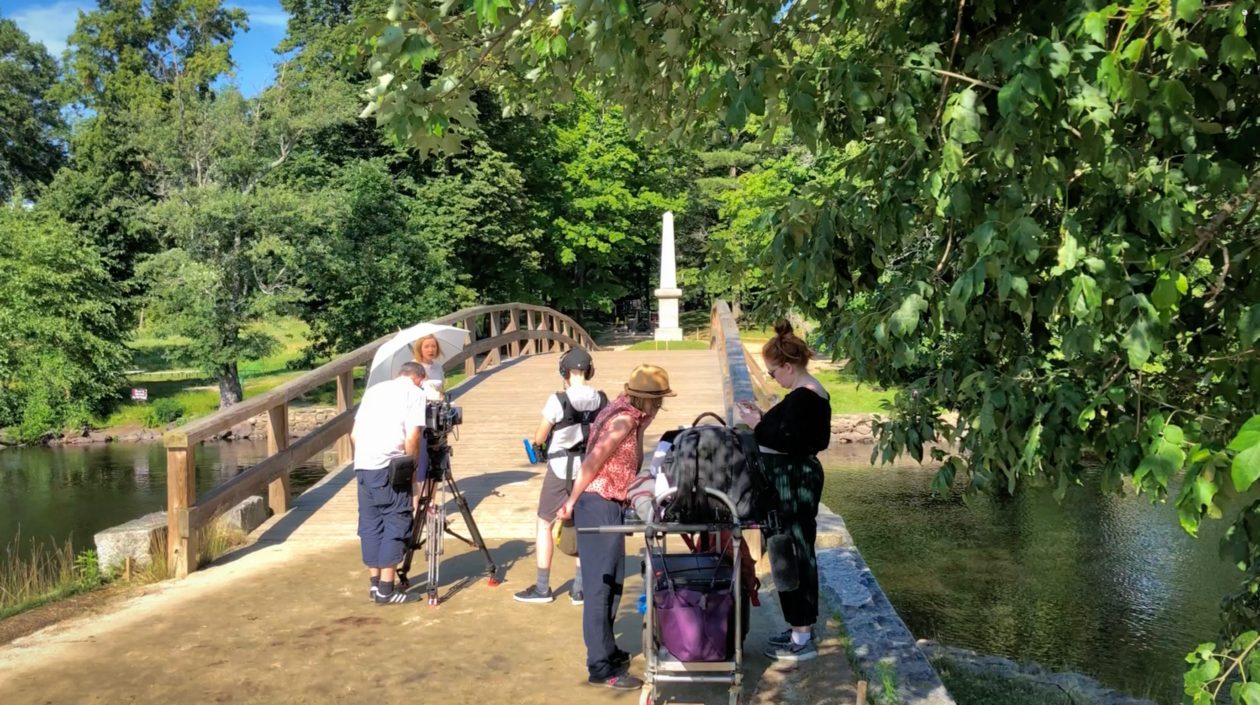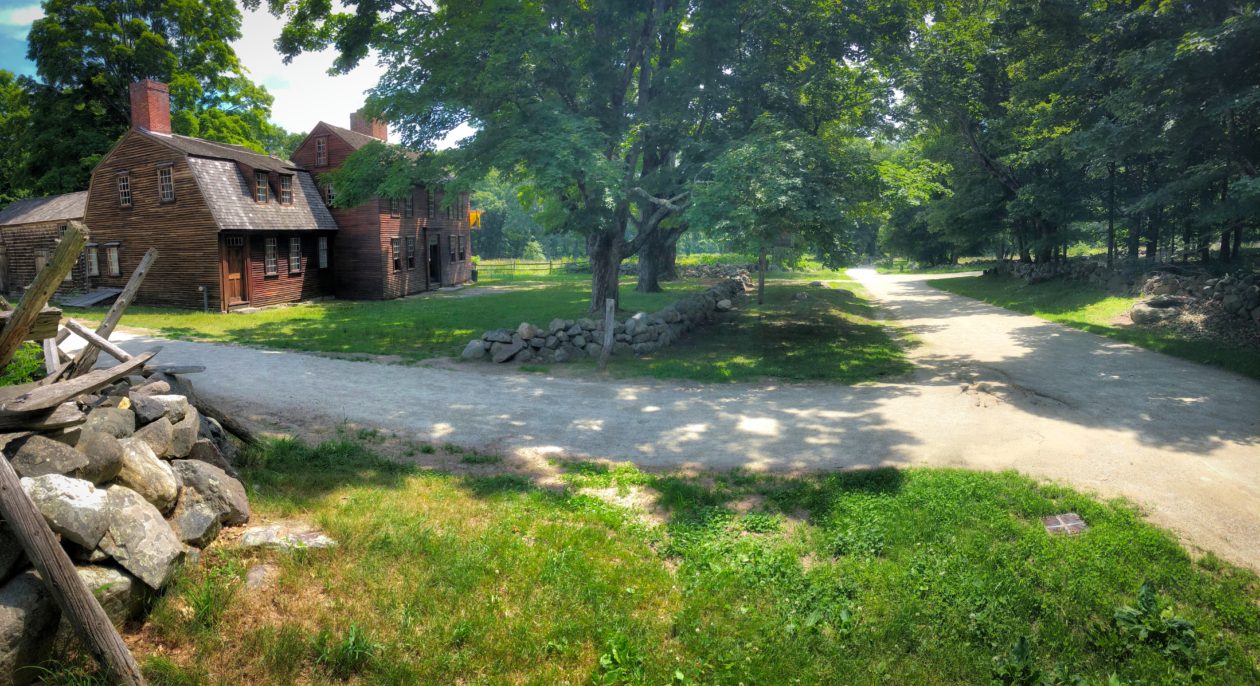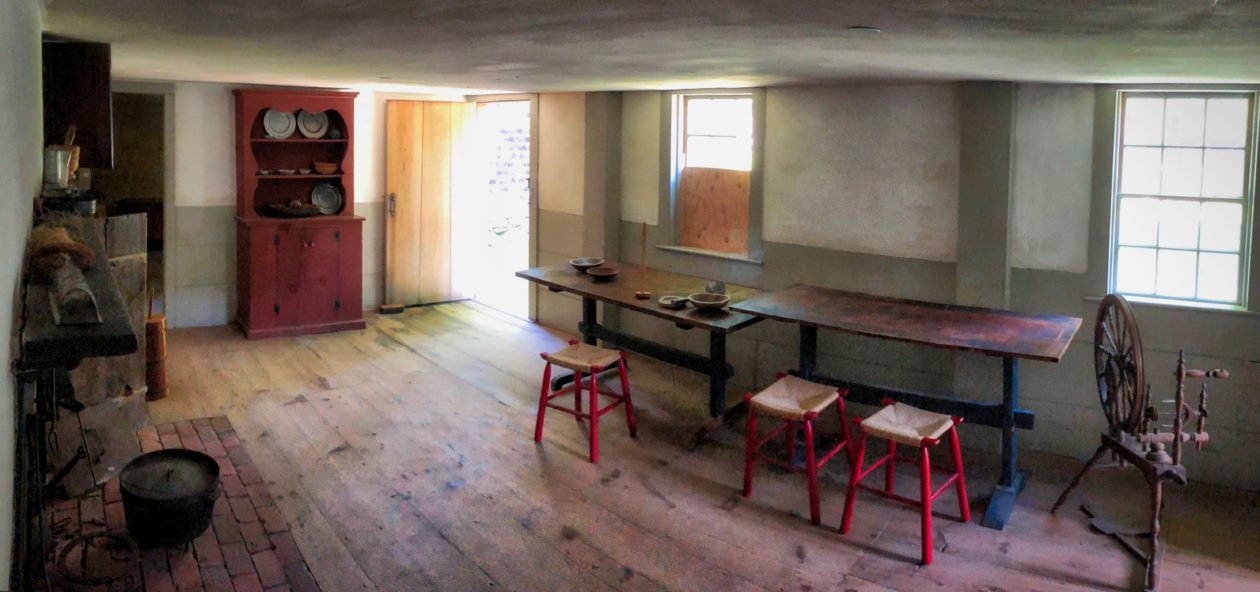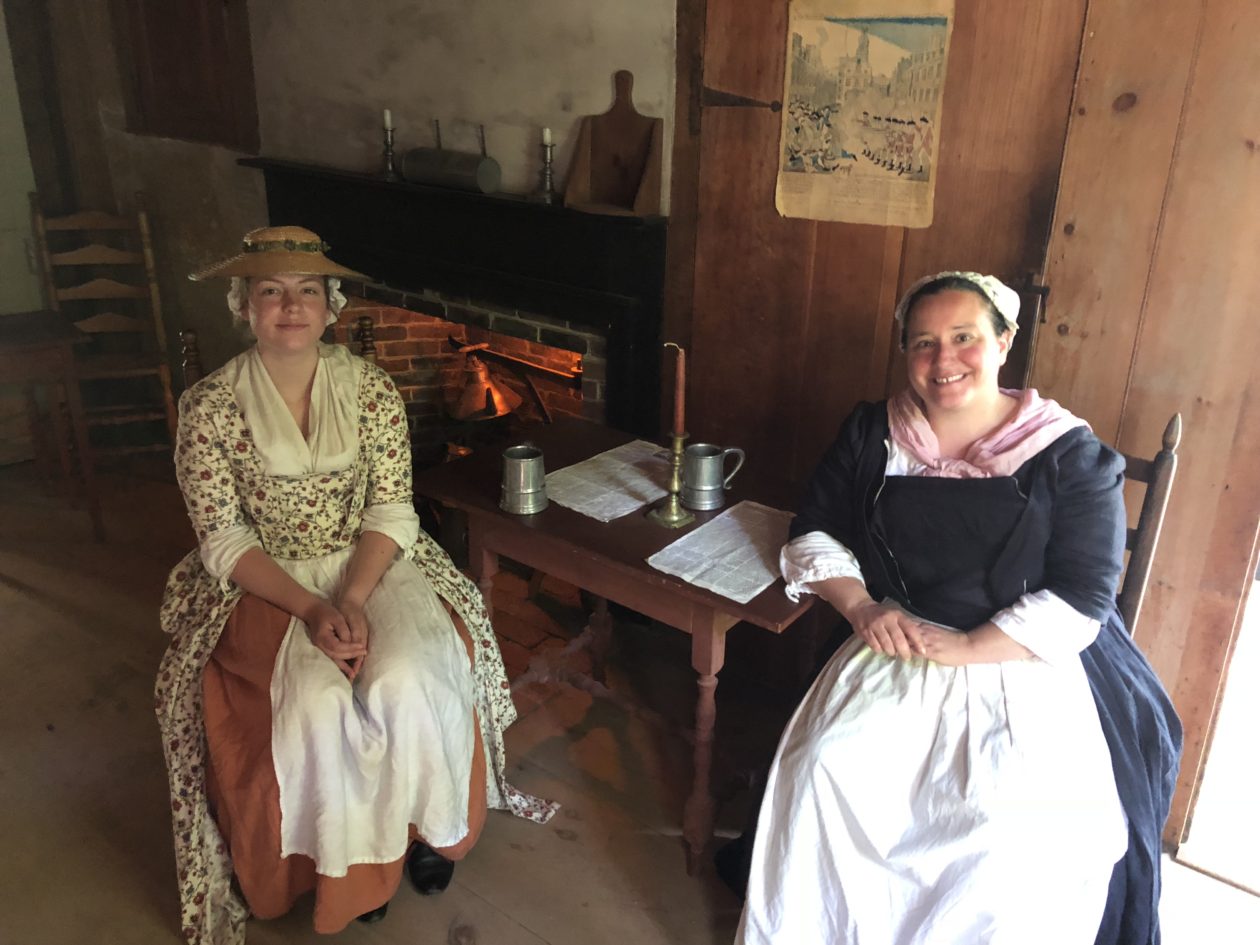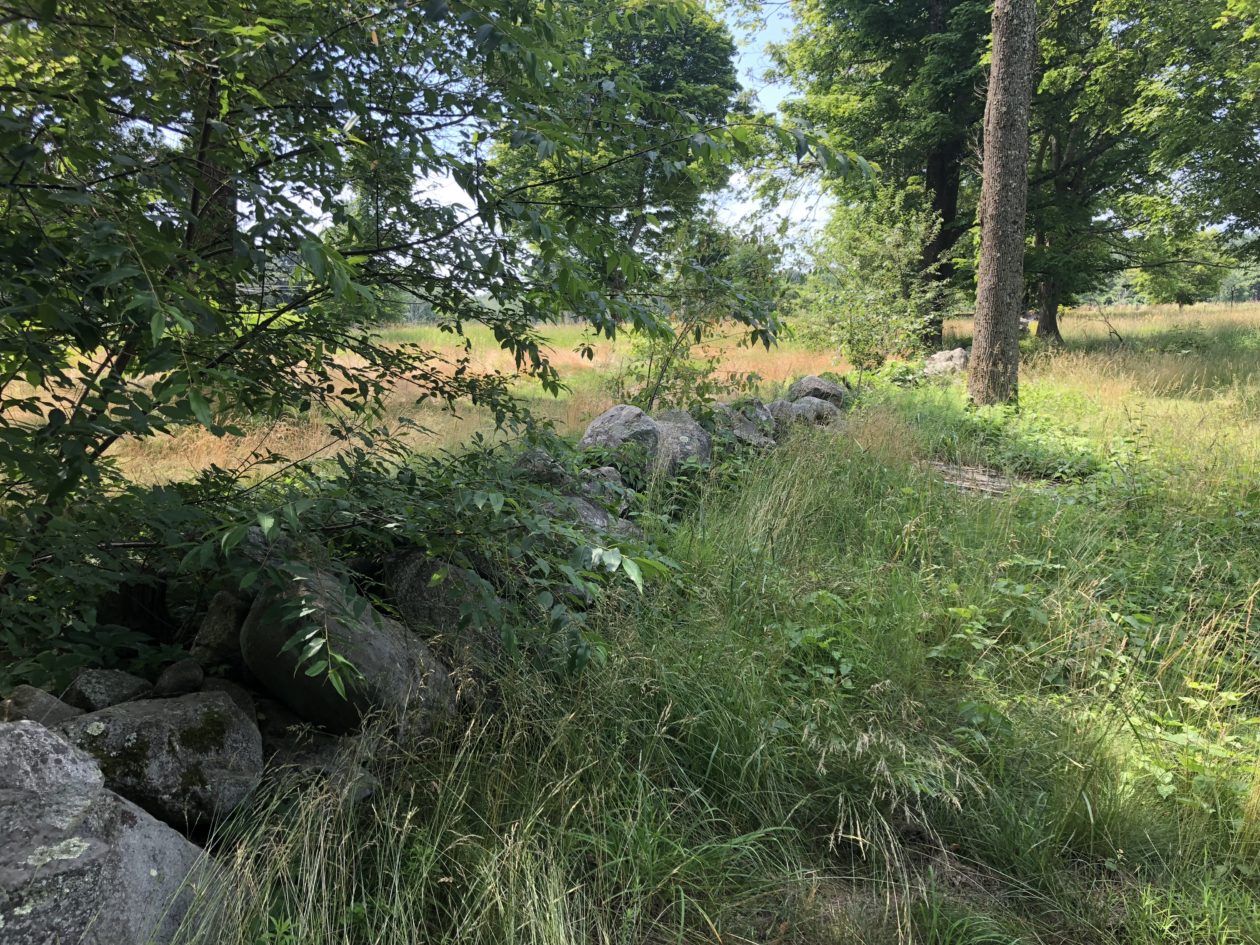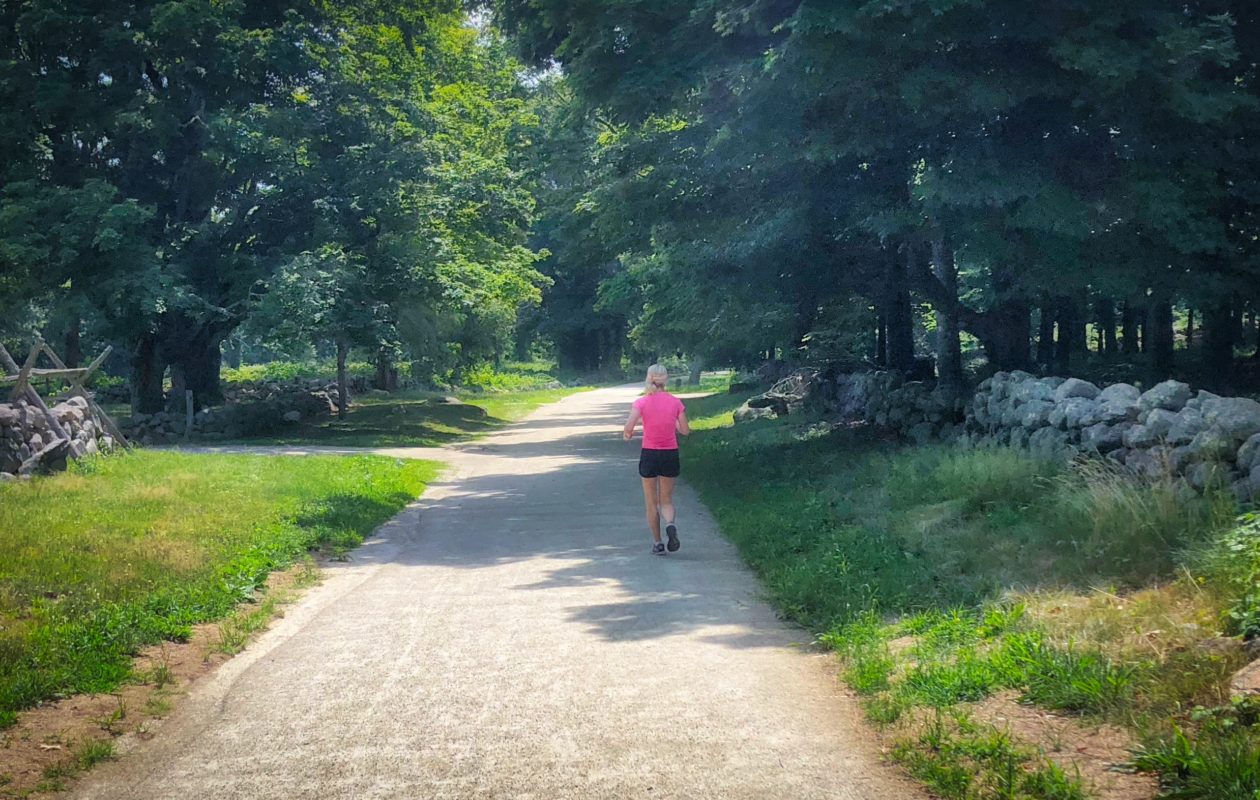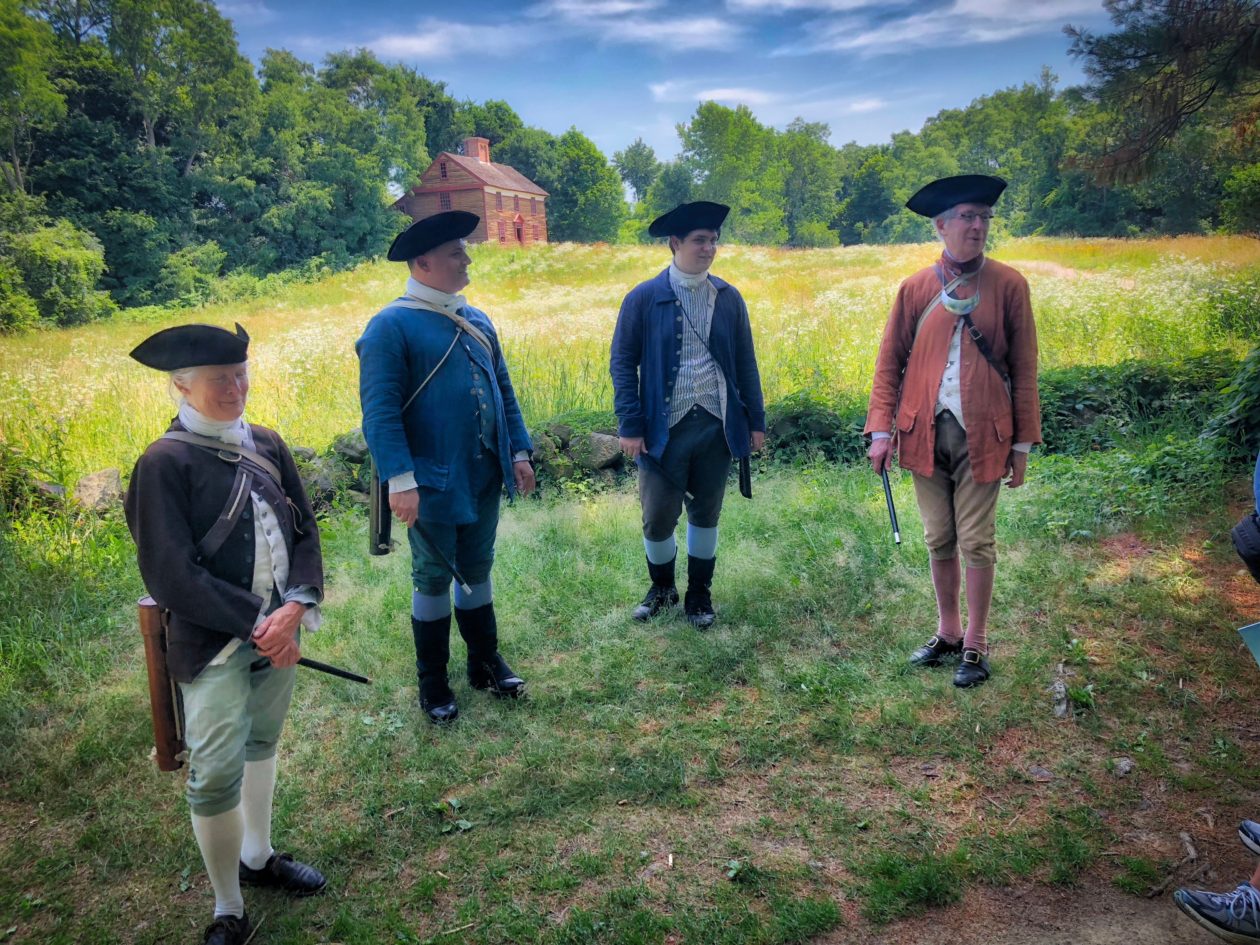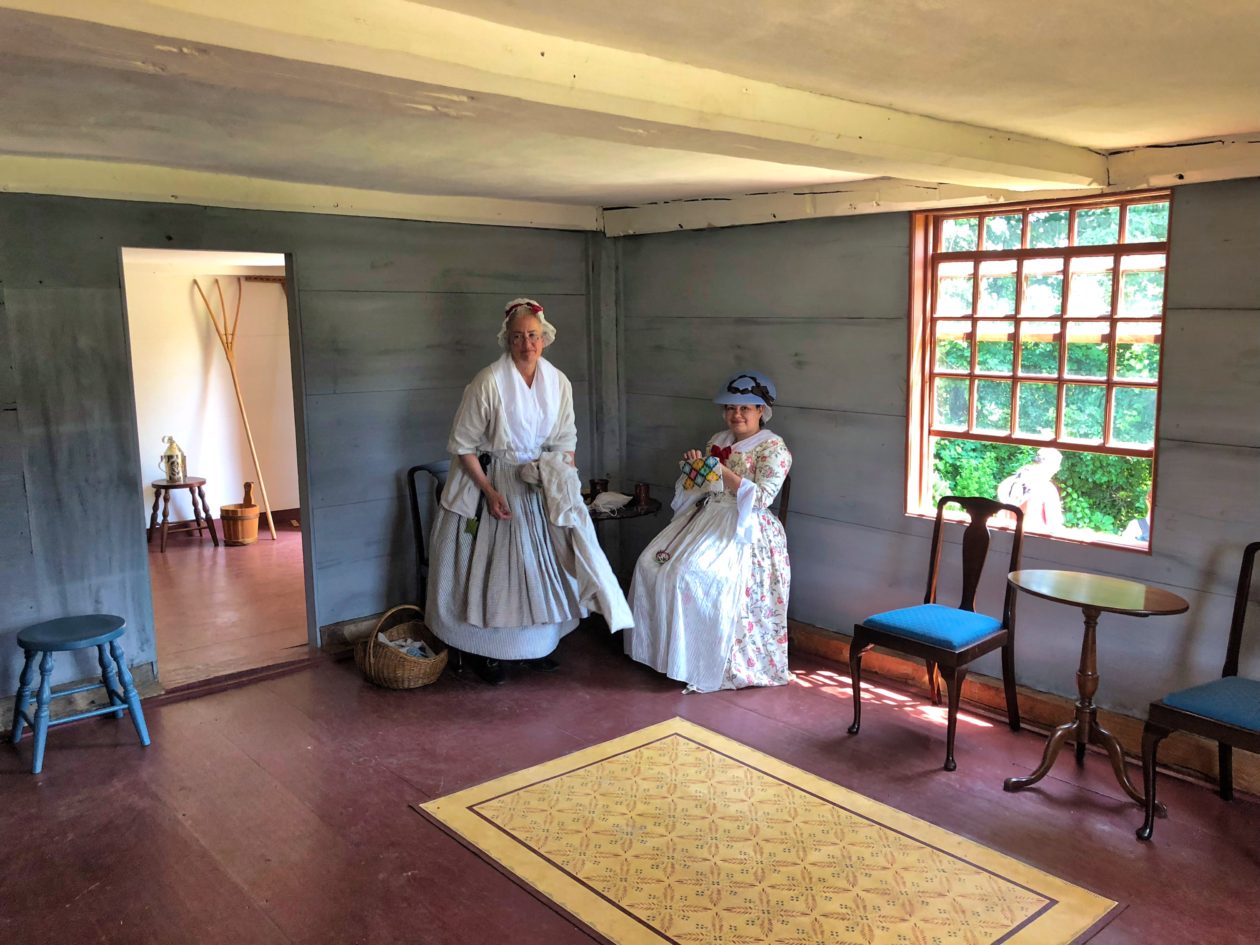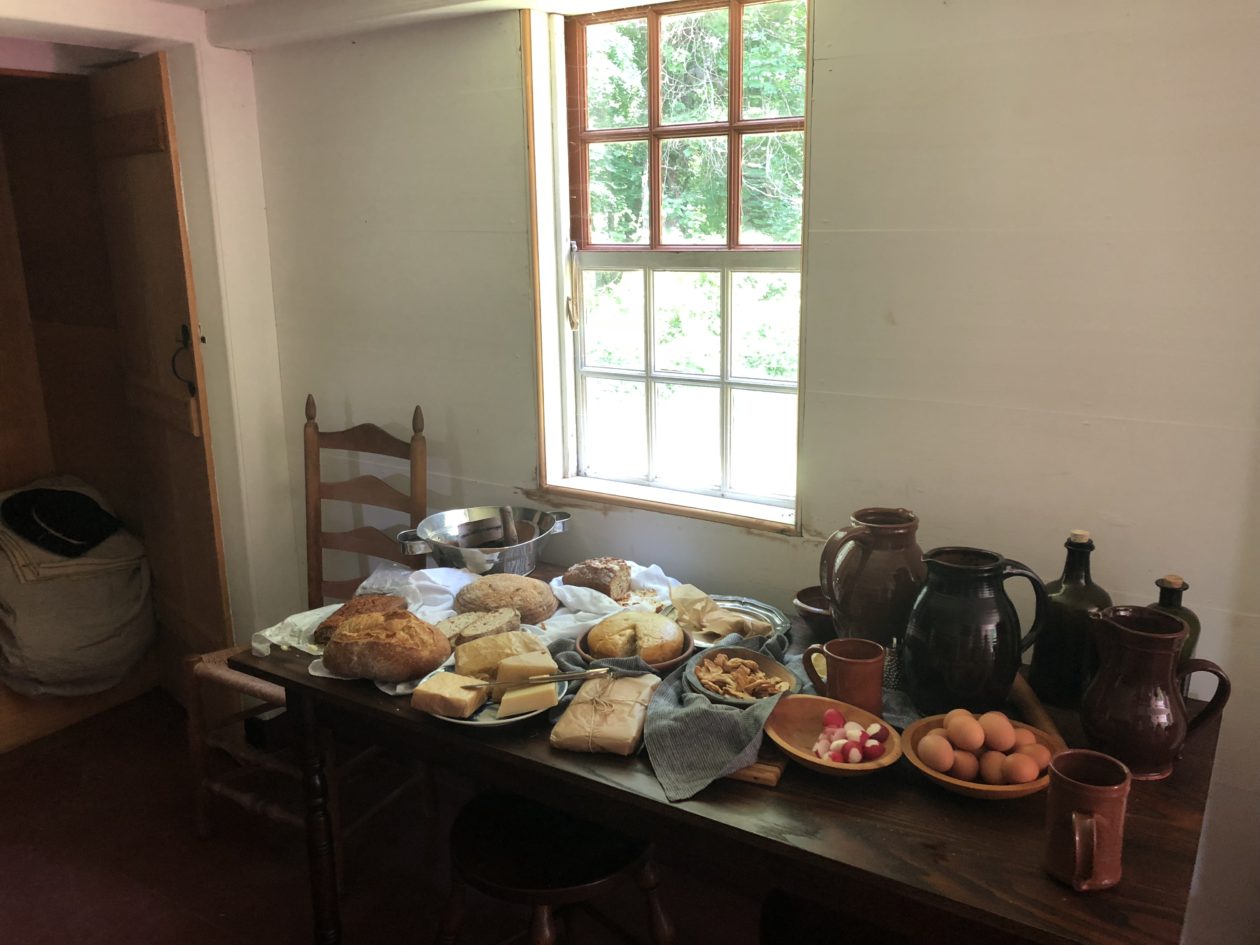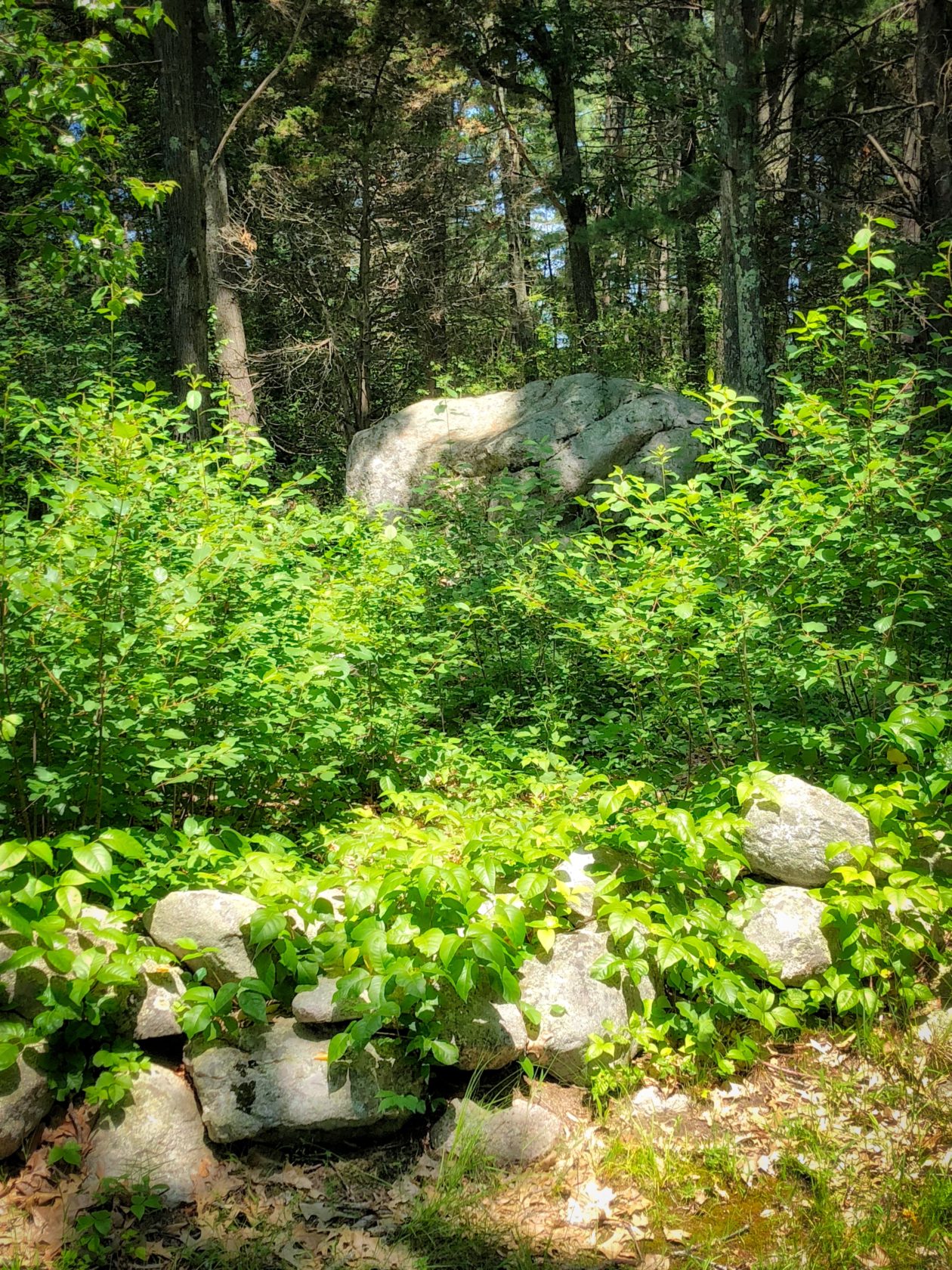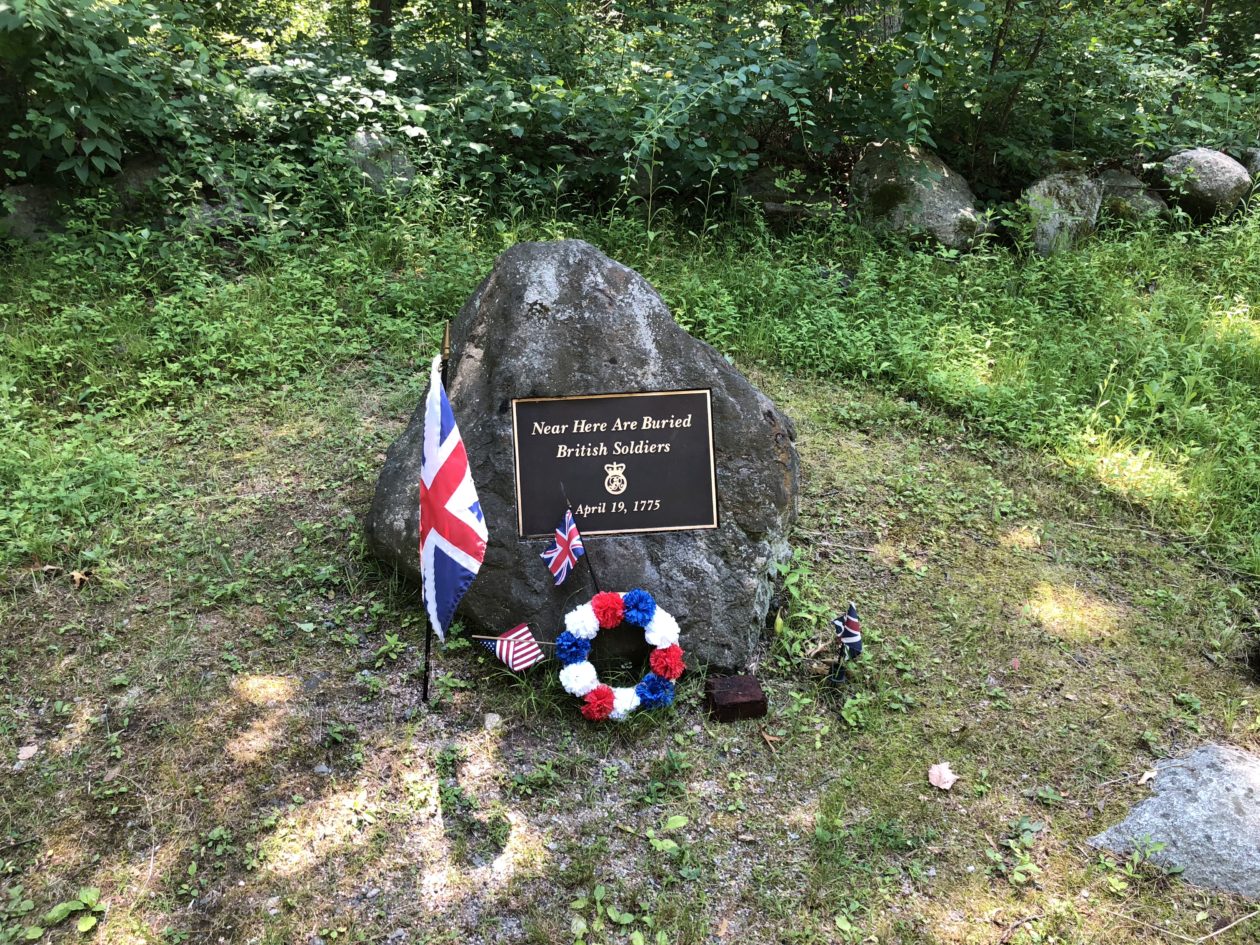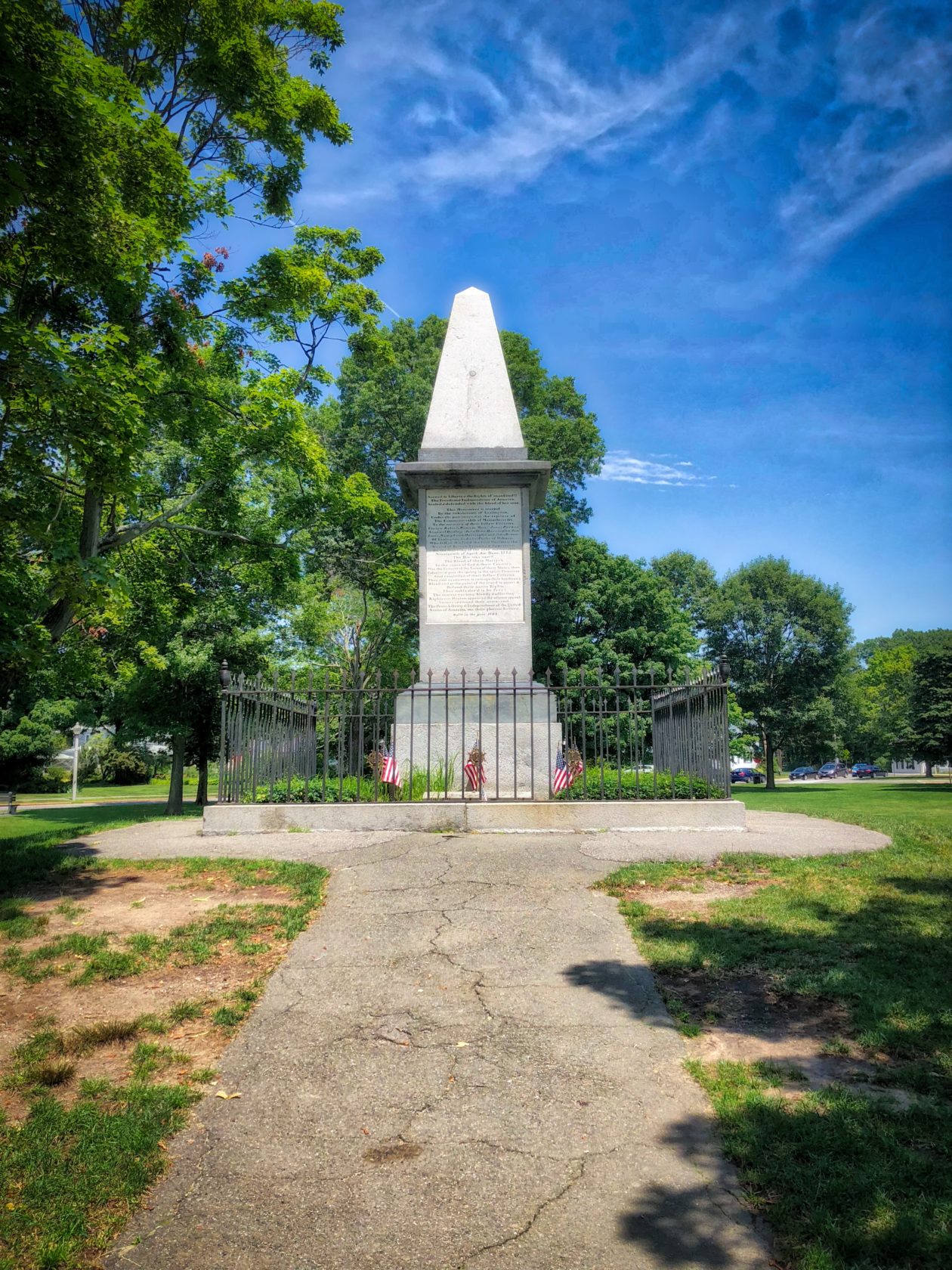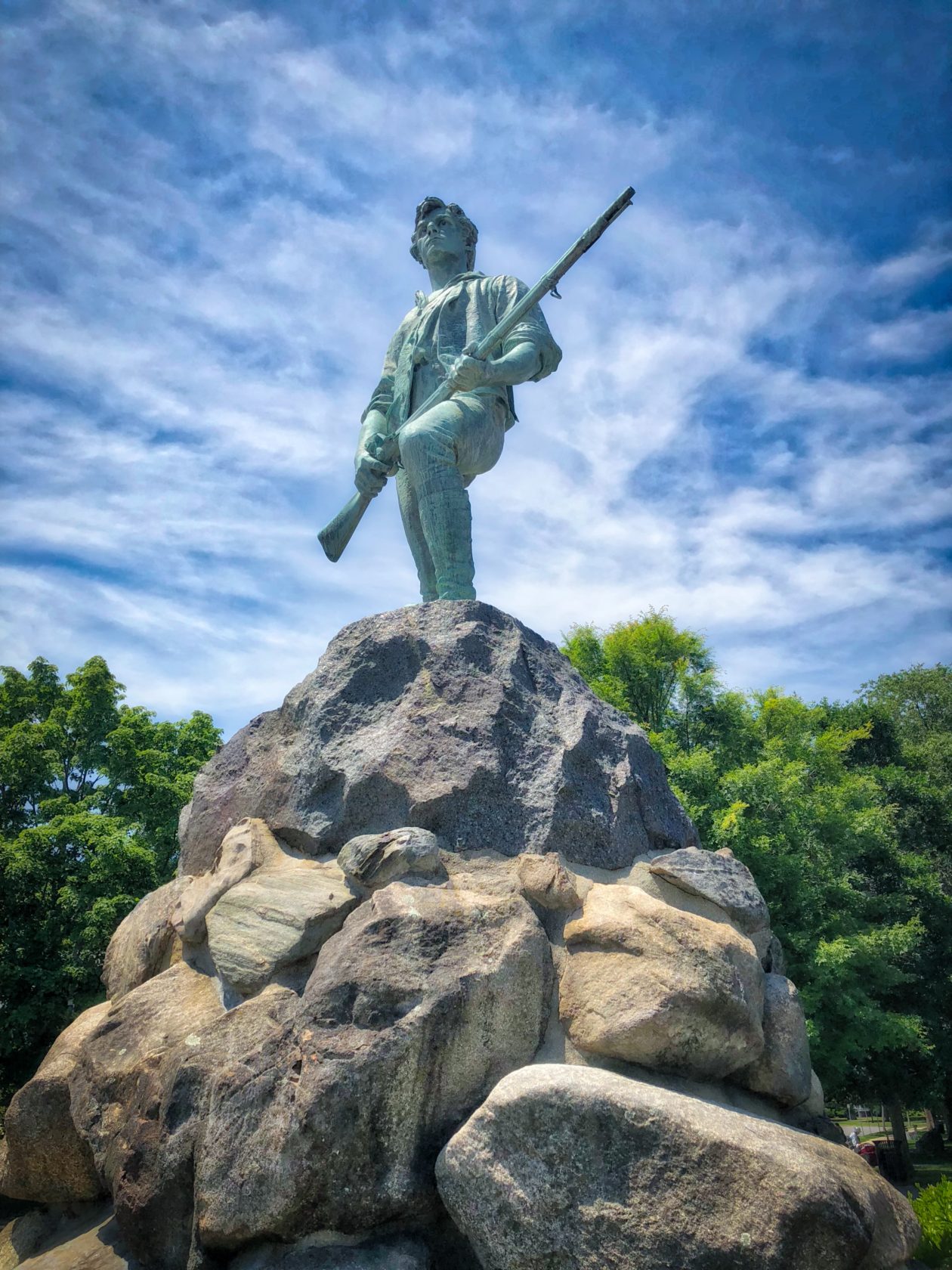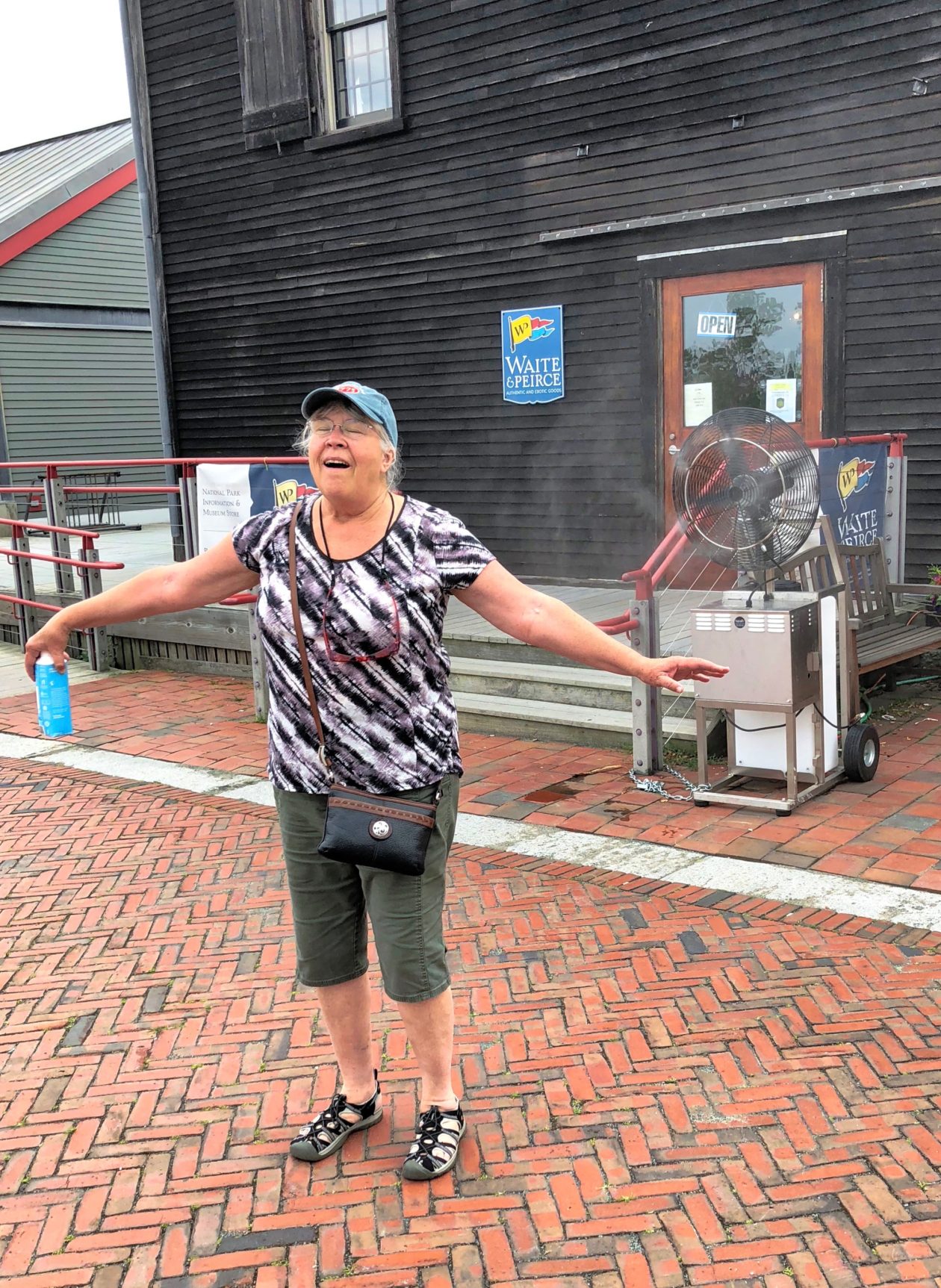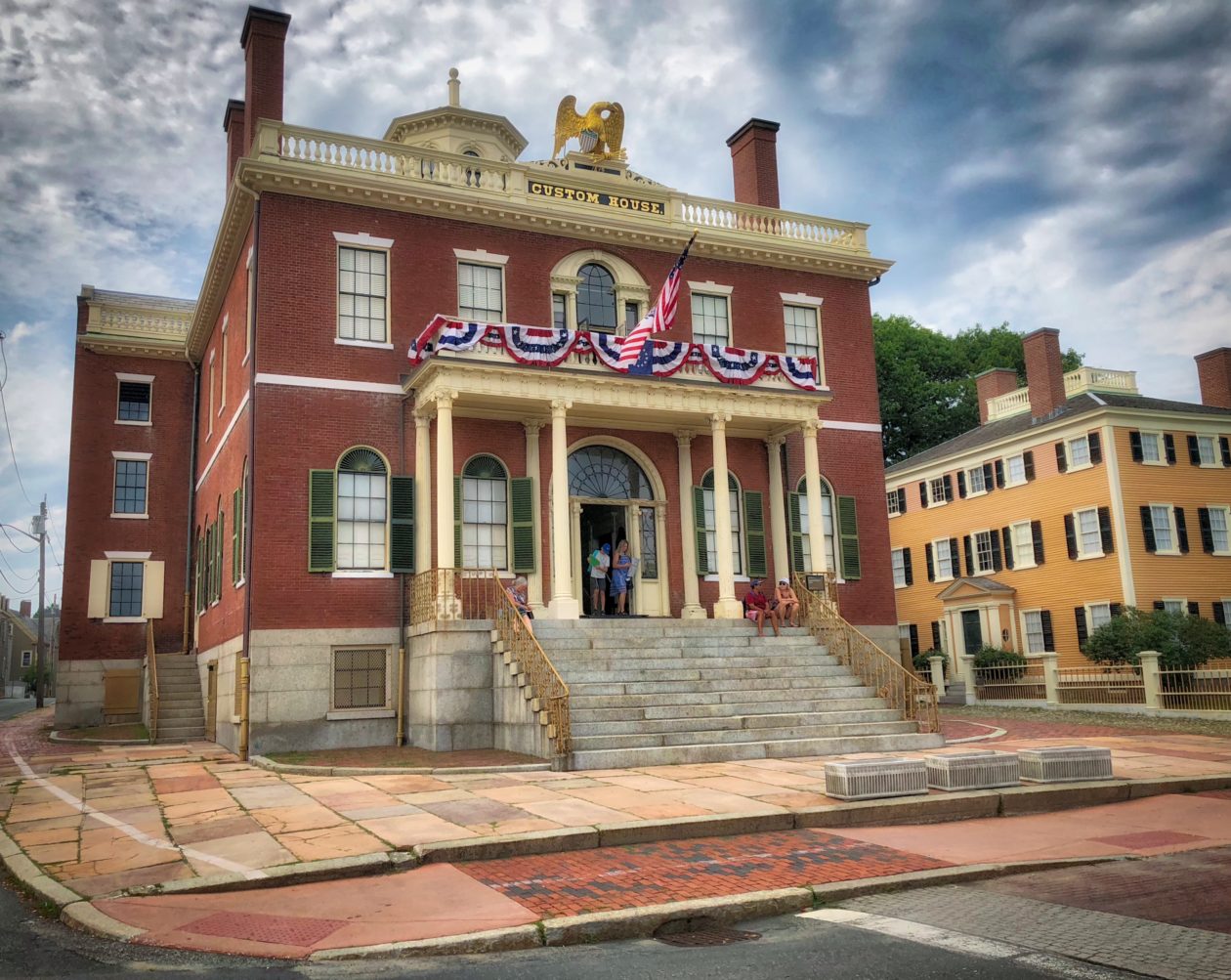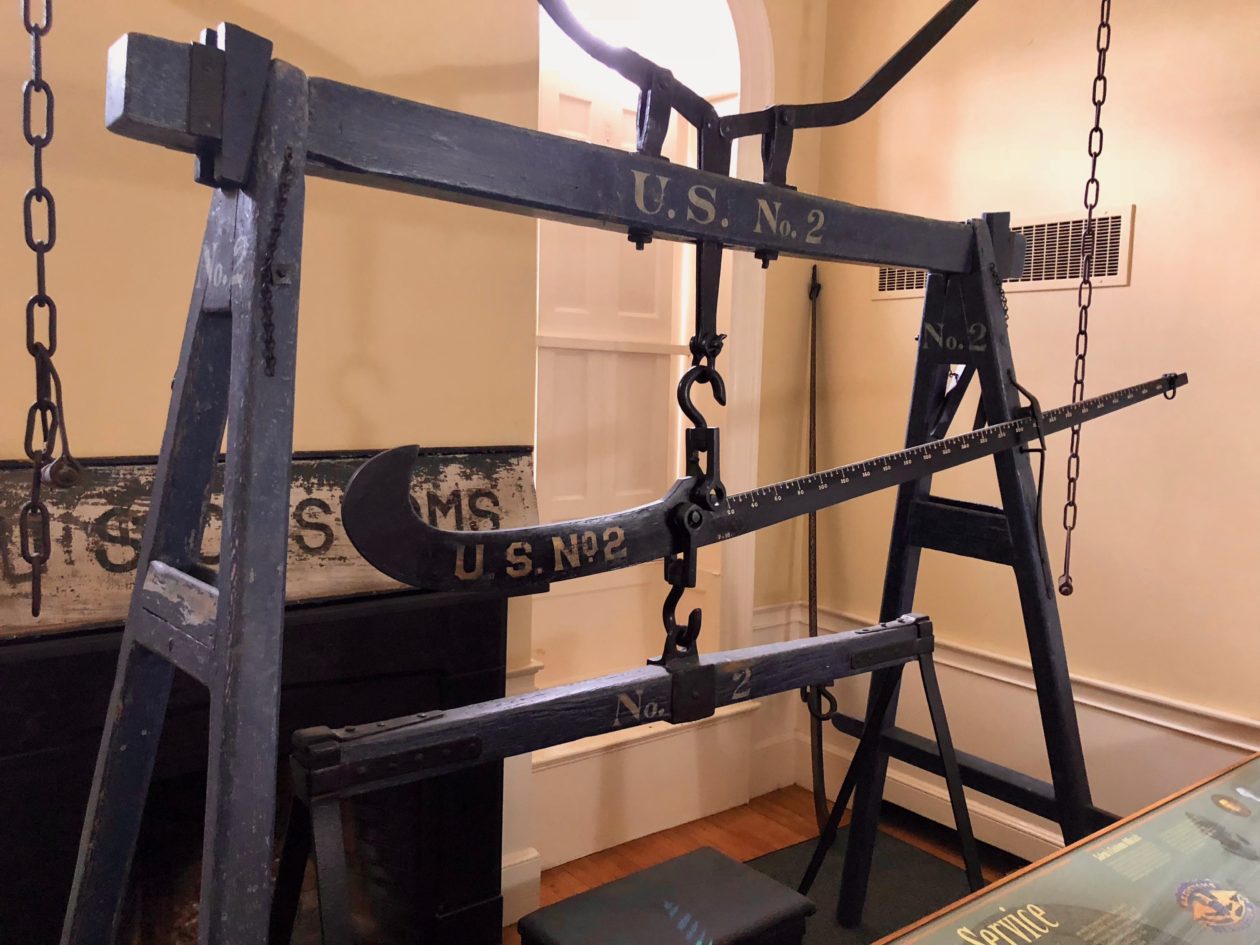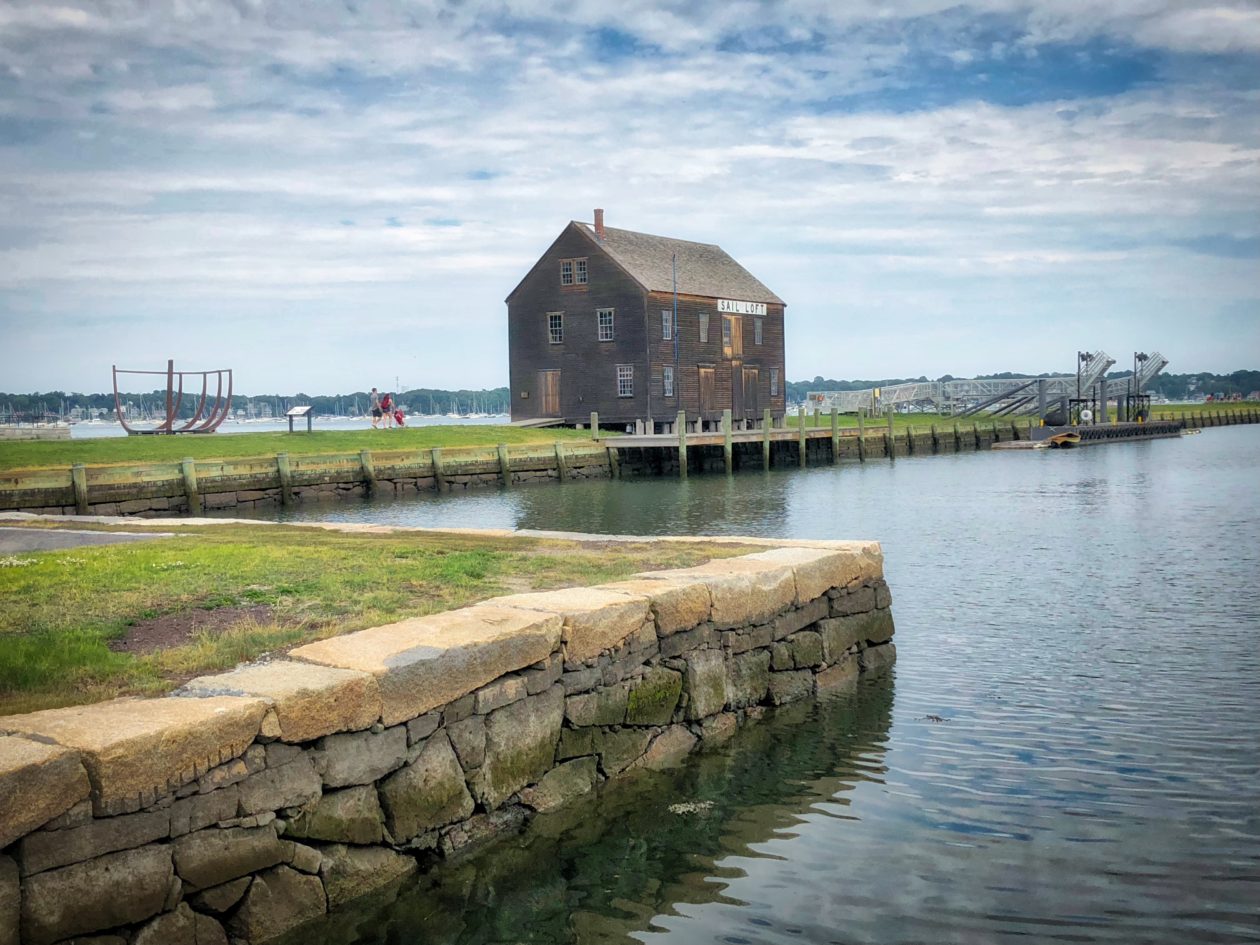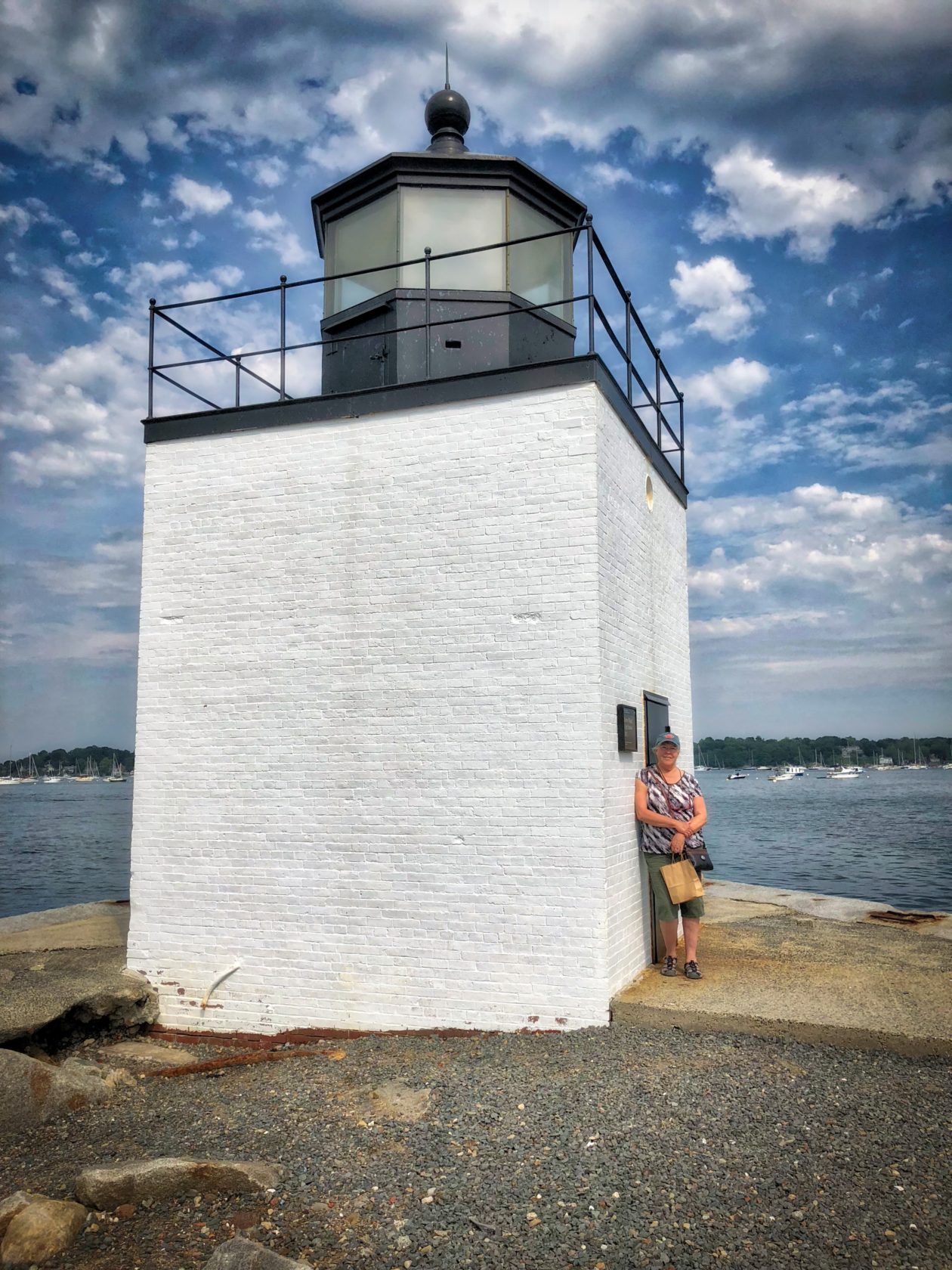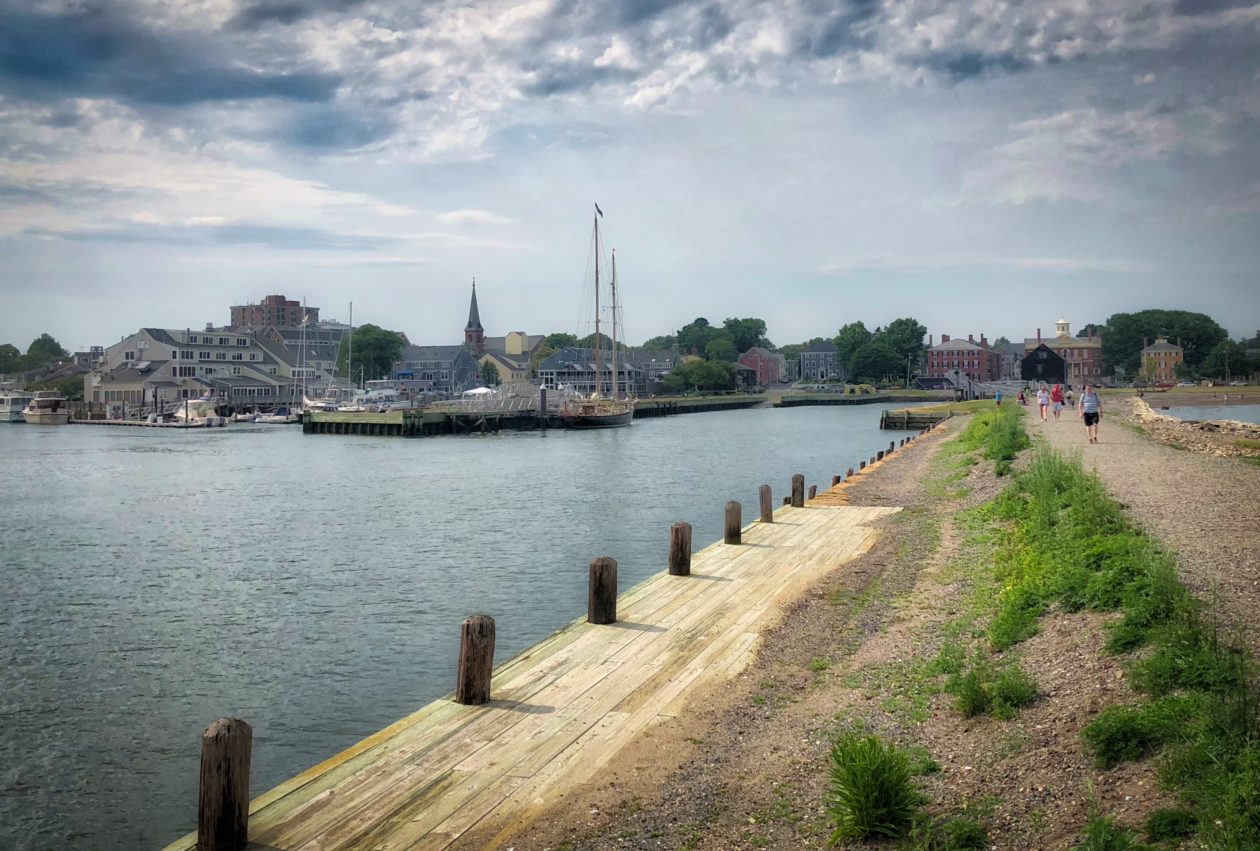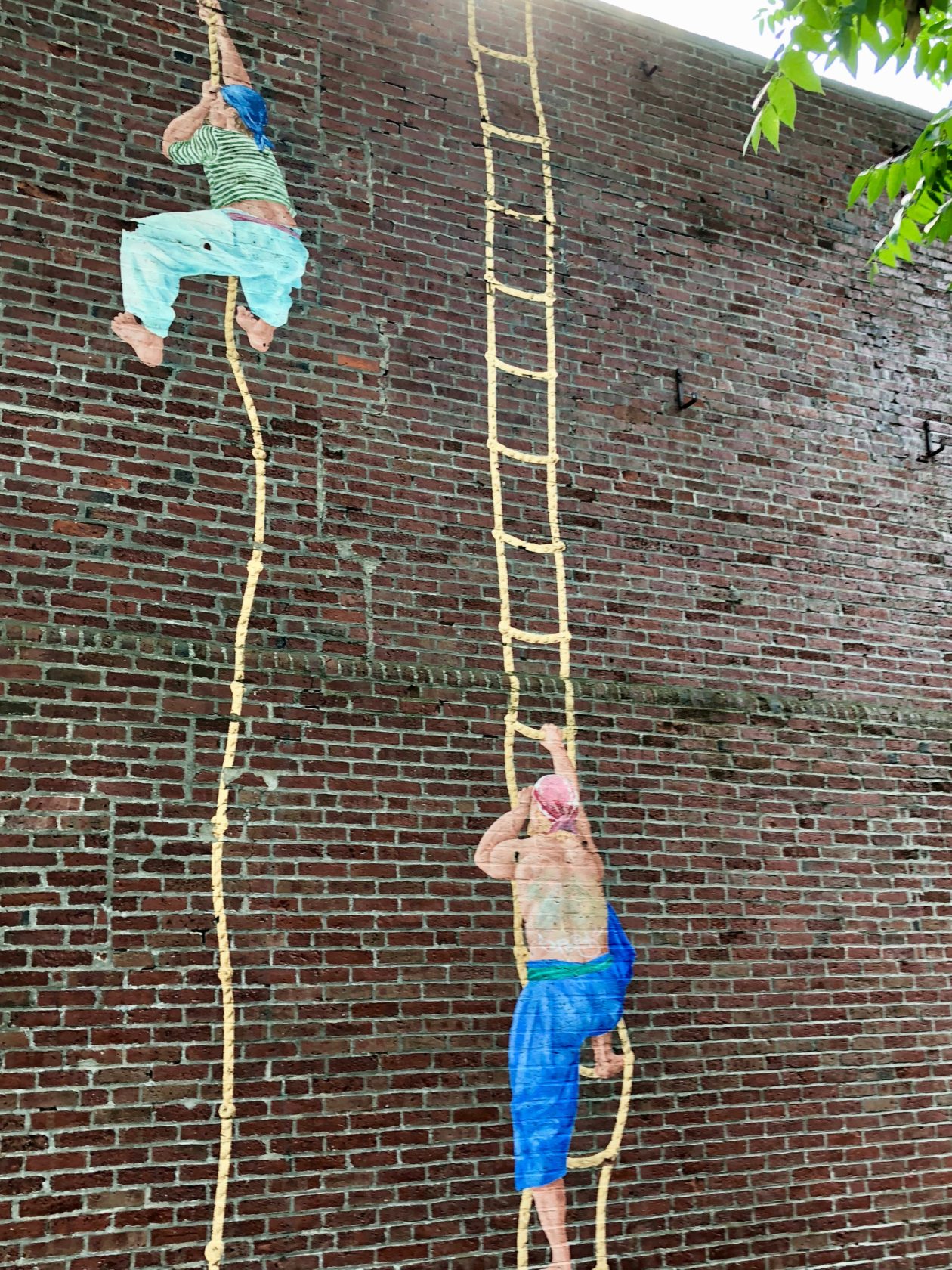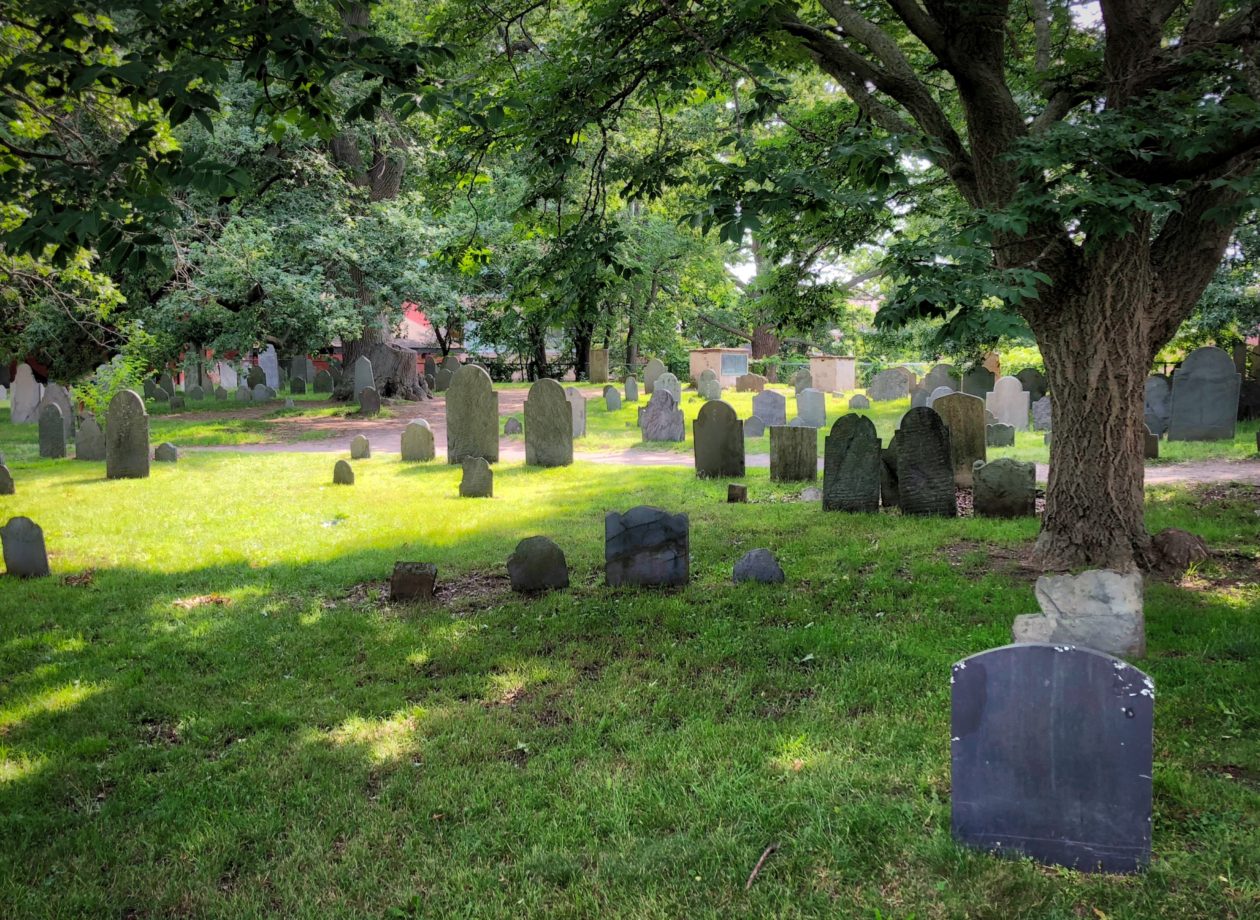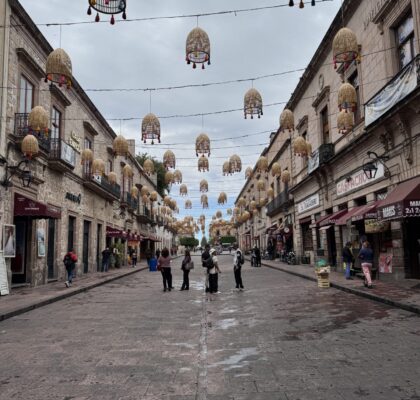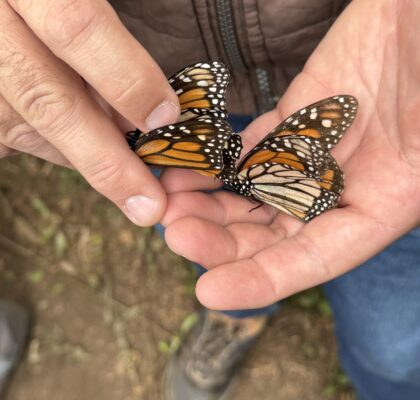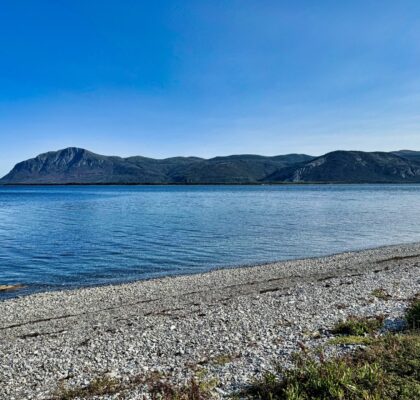After just returning home from the East Coast, we were saddened to learn of the death of a close relative and so we returned to New England. Following a meaningful sendoff, we decided to spend some time visiting some regional National Park units. Given the closeness to the 4th of July, we chose to visit the sites associated with the beginning of the Revolutionary War — Lexington and Concord. As is often the case, what I thought I knew from school was somewhat different than what actually occurred.
The first notion that you leave behind is that this was the “Americans versus the British” — there were no Americans; only British. This had been driven home to us in Nova Scotia when we learned that often the “British troops” who attacked were actually militiamen from New England. The only differentiation was between militiamen (New England colonists) or regulars (troops from England). Without going into detail, let’s just assert that the colonists were very unhappy because they were being taxed in multiple ways to help pay off England’s prodigious debt from the many wars they had been in as well as the costs of administering the colonies — not only in the original thirteen, but also in what would become Canada, Florida, etc. And while we remember the old slogan “no taxation without representation,” the reality is that many prominent men in the colonies instructed Benjamin Franklin (the colonies’ representative at the Court) not to accept representation since the colonies would always be outnumbered — and outvoted. Given the level of anger from the colonists and the increasing oppression by England, it was only a matter of time before the Governor would feel threatened and try to impound the militia’s weapons (that were rapidly being smuggled into the countryside by the colonists). It was the act of the English governor sending regular troops into the countryside to seize those weapons that provided the tinder. The spark was an unfortunate volley from the Regulars on Lexington Green (based on what they said sounded like gunfire) on colonists who had thrown down their arms and were retreating (killing 8). But the die was cast at the North Bridge in Concord when the Regulars fired a volley and this time the militia fired back, killing two and injuring a number of their officers. This was “the shot heard ‘round the world,” as described by Emerson. In response, the Regulars retreated in chaos. In the meantime, word of the Lexington killings had spread rapidly and militiamen from surrounding communities came to join the fight. Despite later reinforcements, the Regulars lost 250 men to the colonists’ 90 over the 15 mile retreat to Boston. There could be no turning back — while nobody ever expected (or wanted) war, it was the only way forward. Independence or total subjugation.
We visited these sites somewhat out of order, starting at the Minuteman National Historic Park and then over to the North Bridge site. By the way, a huge shout out to the National Park Service is in order for the creation and expansion of this park. It took over 30 years and untold amounts of money to buy (and tear down) houses and land, reroute roads, plant farmlands, and generally return this historically significant land to more or less what it was like in 1775. Some of the old historic homes along the Battle Road have been restored and operate as a living history museum, with lots of colorful characters and the day-to-day work of planting, harvesting, etc. To me, it always adds a dimension when historical re-enactors are present. They help fill in knowledge gaps and can often correct misperceptions of people like us who are looking back in history through our prism of today. While we were at the North Bridge, I got to watch a British film crew filming a segment of what had to be a program on the Revolutionary War. I only caught the tail end, but did hear the host say something like “the colonists thought they had won…” Not sure what the thrust of the program was but I was tempted to “share some raspberries” with her.
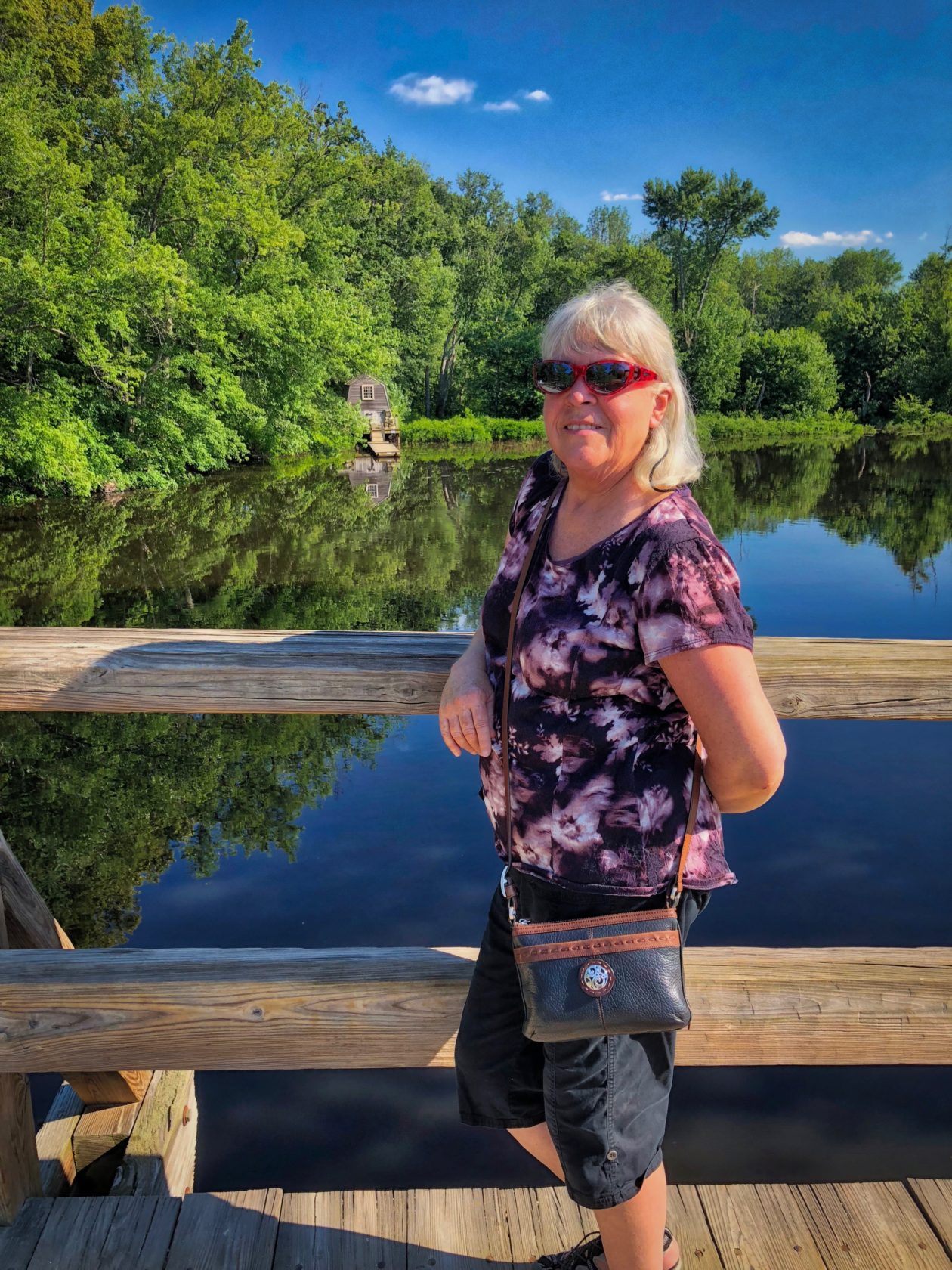
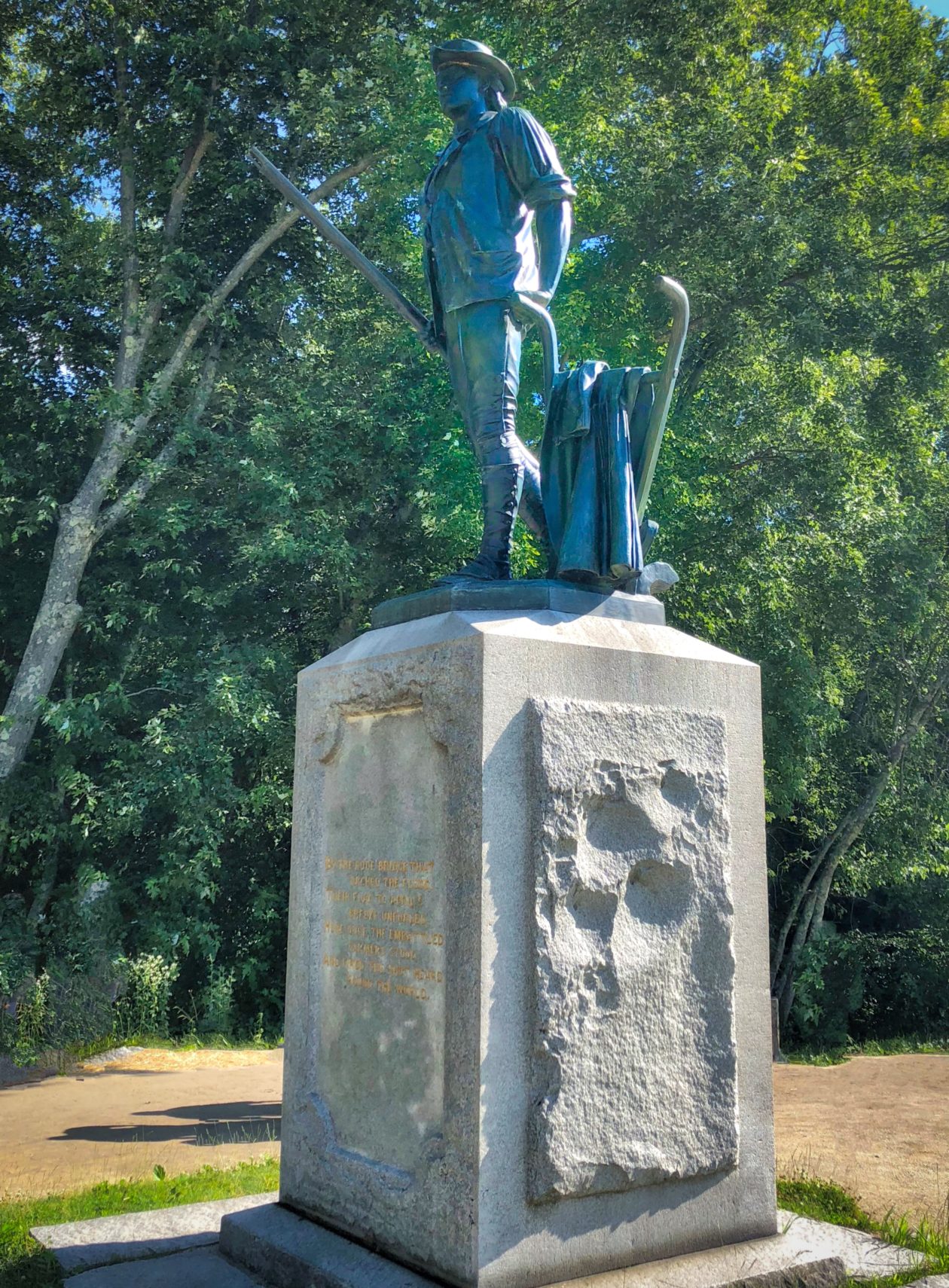
That evening I started thinking about the Battle Road and how frightening an episode played out there that April 19th, 1775. The British had been marching nonstop for what would ultimately be about 24 hours and, probably starting with the skirmish at Meriam’s Corner, were be randomly attacked from the sides of the road by a growing number of colonial militiamen. I decided I needed to walk the road to really get a sense of it. So early on Saturday morning I started out from Meriam’s Corner for the 5.5 mile walk (Deb was to meet me at the Visitor’s Center at the end of the walk). Well, like many militiamen in the heat of battle (mine was the heat of the day), I promptly got lost and went about 1.5 miles out of my way. I finally found my way back and started down the path. A few things struck me: (1) while there are more woods today, the area was mostly farmland and there were only stone walls to hide behind — not a lot of cover or protection, (2) where there were woods and big rocks, they were fully taken advantage of and many of the casualties happened in these areas, and (3) this was a very narrow road which didn’t let the British spread out — the ranks were narrow and long, making it easier to pick people off. The other thing that struck me as I walked along was the small number of people I met on the trail until I got much closer to the Visitor’s Center. And within that number, there was a sharp skew in the population: 4 couples walking, over 25 women jogging, and only 4 guys (including me — only 1 jogging). Well done, ladies. Disappointingly, I heard one guy (of one of the couples) say “I’d rather play the game slow and steady than kill myself on the climb.” Probably a reasonable sentiment, but not necessarily the right venue to say it…
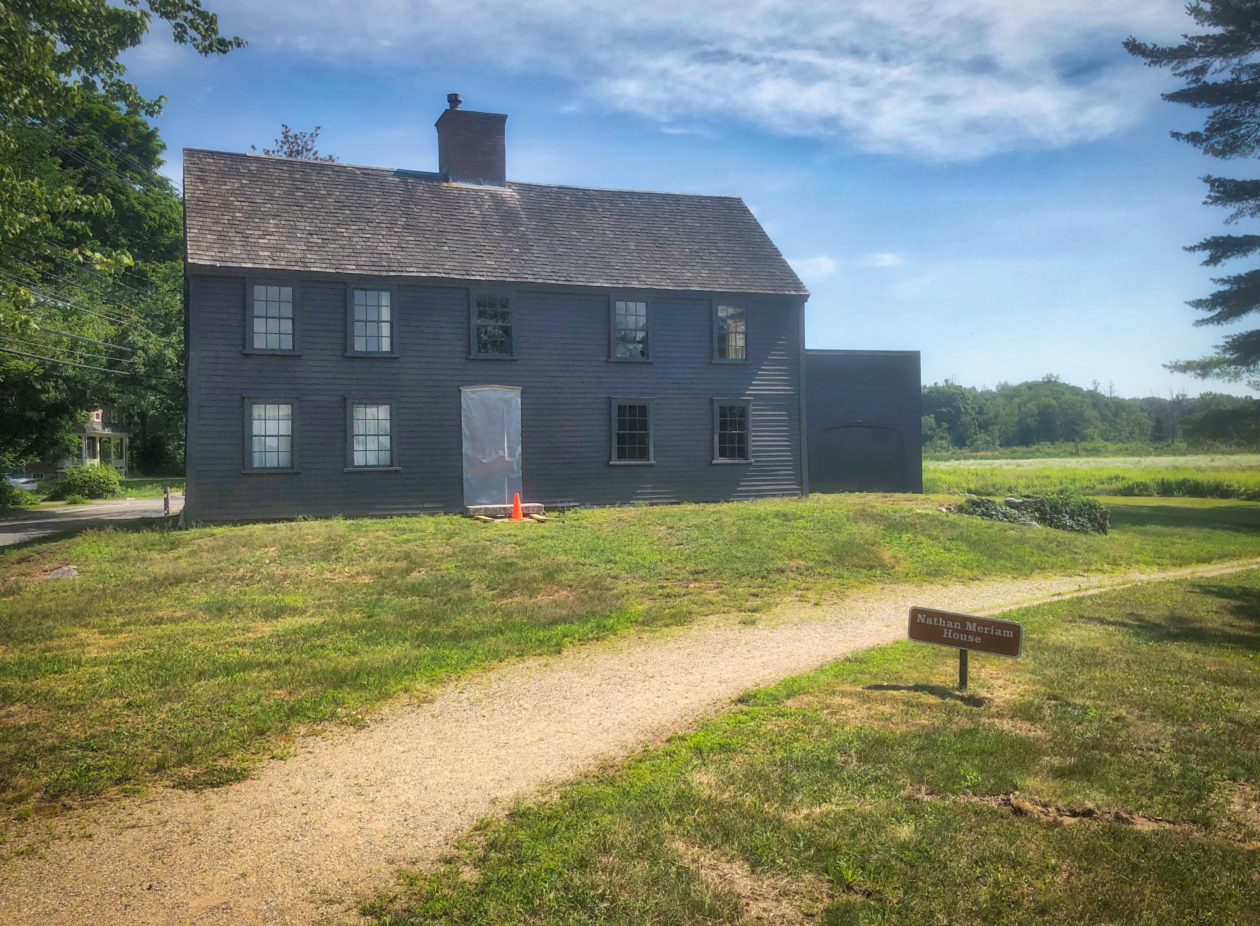
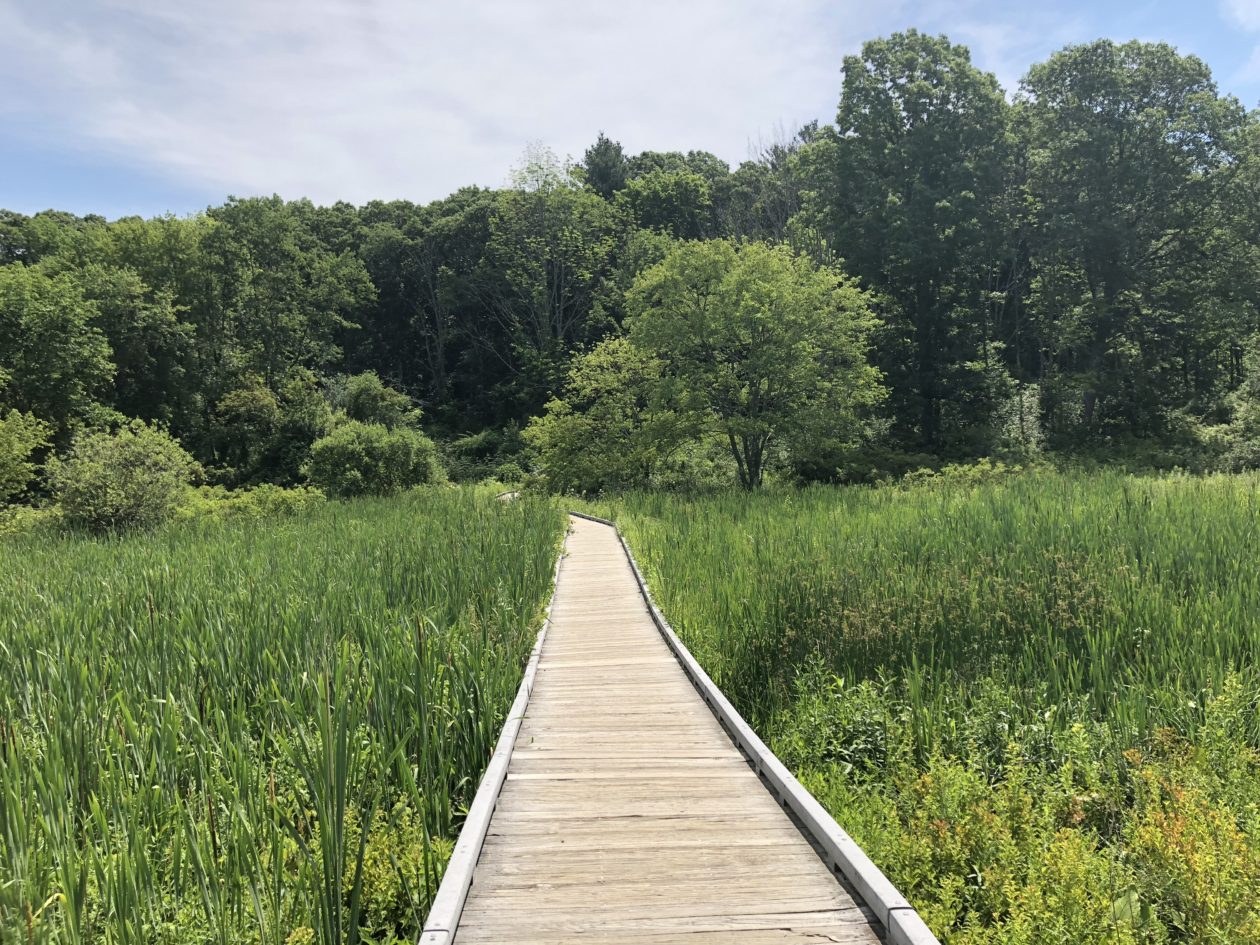
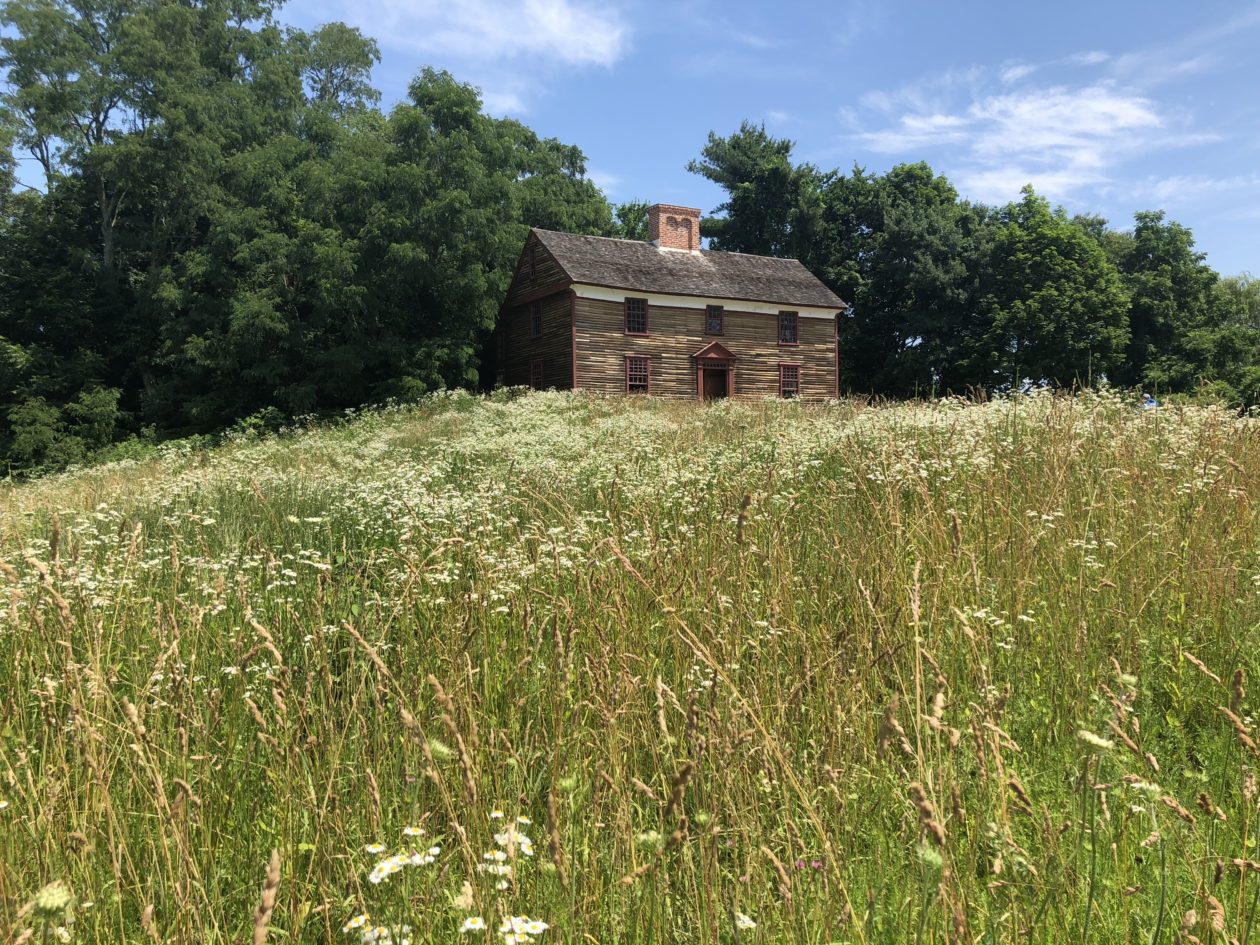
After the walk, we drove to Lexington to visit the Green where the first militiamen were killed. Lexington is a beautiful town and preservation is obviously high on their agenda, but it was harder to evoke that same sense of history when you are looking at an obelisk in the middle of a city park. Having said that, I had the best frozen custard I have ever had there — strawberry pie flavor! It may have been the heat, but it was so creamy and good. Amazing!
We had about 3 hours to spend before we needed to leave for the airport, so we headed over to Salem. There is a nice Maritime National Historic Site there that showcases Salem’s past as a major shipping port on the East Coast, with some old homes, the Customs House, and an old storehouse restored to original condition. Unfortunately, the houses were closed (and we missed the tour) and the other major attraction — the Friendship of Salem was in dry dock over in Gloucester. We did enjoy walking around Derby Wharf and visiting the Customs House. We intended on spending some time learning more about the Salem Witch Trials, but it was so commercialized with tours and museums (they even have Frankenstein’s castle — who knew?), that we just walked through a few of the old cemeteries where some of the executed “witches” were buried. I did have to ask myself though — if they were seen as witches, why were they buried in Christian cemeteries?
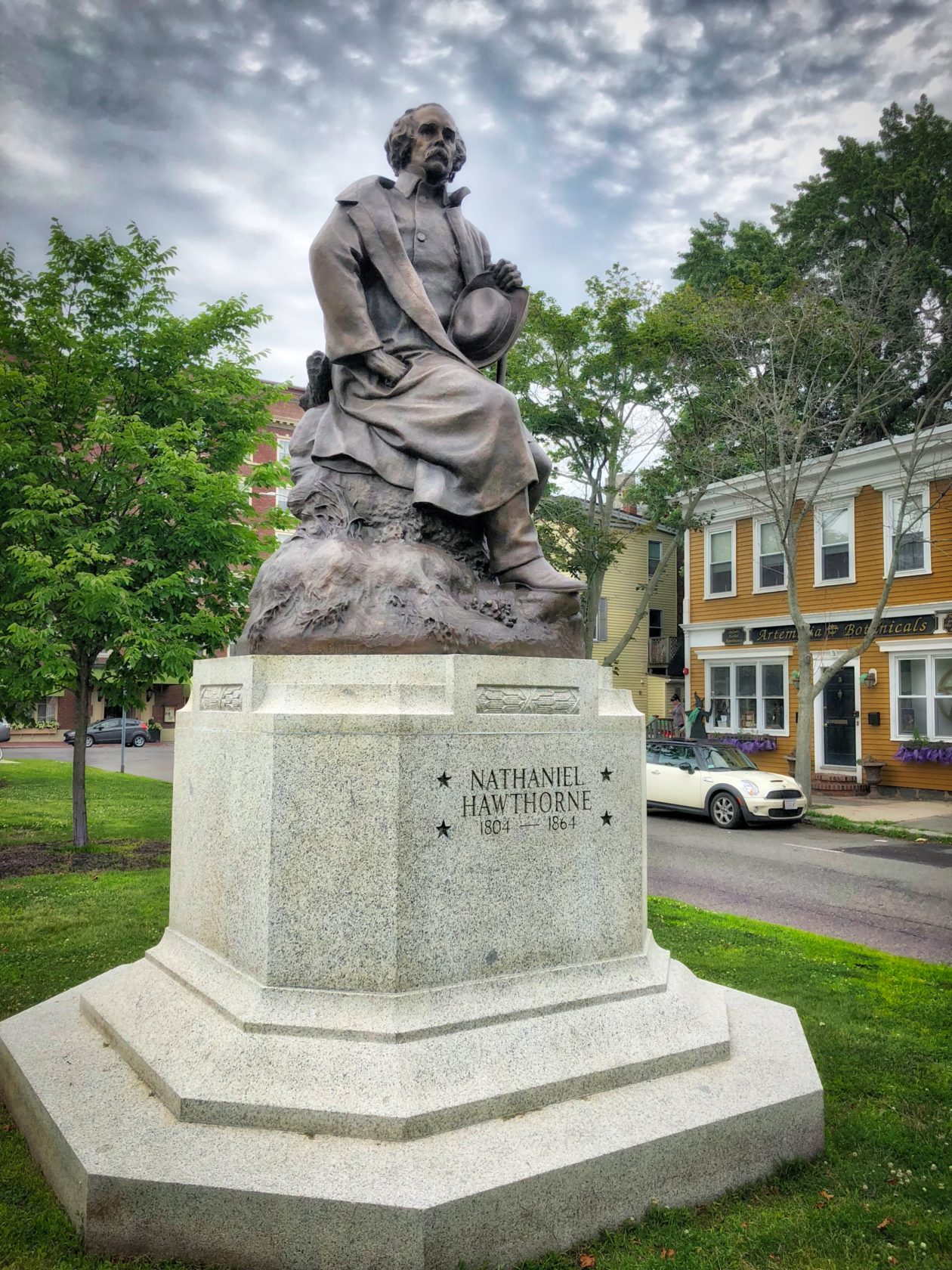
Anyway, this was a quick two day adventure, but a very inspirational one. Time to go home for a while!
This entry was posted in Massachusetts, National Park/Monument, Travel, United States